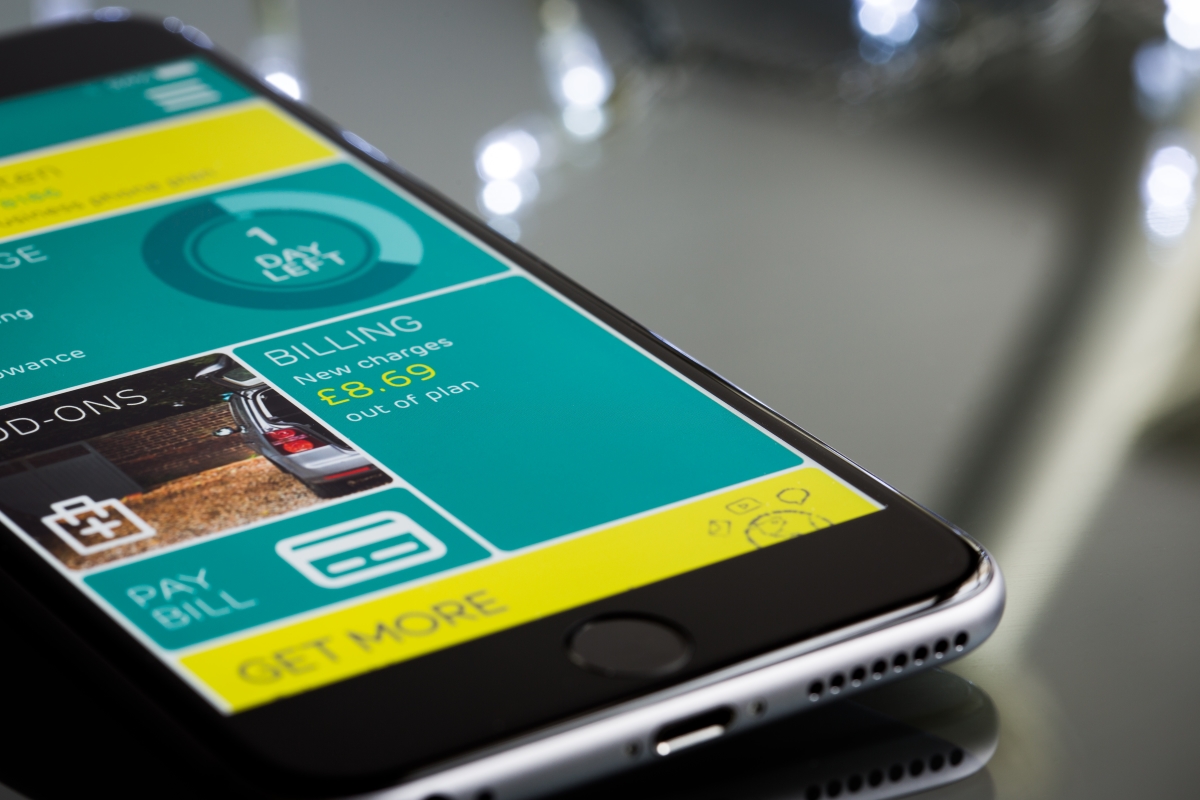Phones have come a long way from the pocket-breaking bricks (and not-so-pocket-sized suitcases!) of yesteryear. Today, we’re using them for just about everything, and our banking habits are seeing a seismic shift towards the convenience of mobile banking.

But is it a security nightmare waiting to happen, or a convenient way to manage and share funds? The answer depends on your security habits. Read on to see if you’re following these 6 essential security tips.
With just a few adjustments to your behaviour, you can enjoy the ease of mobile banking without compromising your privacy or account details. Here’s how.
##1) Download Your Bank’s Official Mobile App## Visiting your bank via your mobile browser might be the way you conduct your banking on the go. However, this habit increases your risk of accidentally mistyping your bank’s URL (see typosquatting for more info on the dangers of wrongly-spelled web addresses).
As long as you’re using the official app, you can be sure you’re connecting to the right site every time.
##2) Install a Mobile Antivirus Package## We’ve said it before, but it bears repeating: your phone needs anti-virus software too! Mobile malware is increasing at dizzying rates in both prevalence and severity, and some malware even makes it to the official Google and Apple app repositories: the Play Store and App Store, respectively. In short, mobile anti-virus is quickly becoming an absolute essential.
Check out reviews of the best mobile anti-virus software for Android and iOS, install and enjoy an extra layer of protection between your data and the threat of nasty code on your phone.
##3) Don’t Enable Auto-Login on your Bank App## Many banks, in an attempt to make mobile banking even easier, allow you to log in to your account via their app only once. Thereafter, you’re perpetually logged in and can view your account simply by tapping the icon.
While this sounds very easy, it’s also unnecessarily compromising your security. We’d recommend you avoid this sort of auto-login option and enter your password each time you need to view your account.
Why? In case of phone theft, requiring a password for your bank app could discourage a more serious breach to your personal finances. While your phone’s lock code will deter many – it’s not foolproof. Don’t make it easy!
##4) Don’t Recycle your PINs!## Do you use a PIN to unlock your phone? That’s great! However, are you using that same PIN to secure your banking app? Not so great.
Some banking apps allow you to set a custom code to secure them. Generally, these will ask you for a number combination each time you tap to open the app. They’re an excellent extra layer of security, and it’s highly recommended that you set one if this feature is available.
However, it’s only as secure as you make it. If a thief has guessed your unlock PIN, you can be sure it’s the first thing they’ll try when confronted with a PIN prompt on your banking app.
##5) Don’t Forget Personal Finance Apps ## When securing your banking app, don’t forget about other apps that might access your banking details and account data.
Handy personal finance apps like PocketBook, Mint and others allow you to automatically create monthly budgets and track your spending. To do this, they will often require secure access to your online banking details.
While these apps are generally read-only and don’t often allow for transactions, they can still give a thief some compromising information about your finances.
Don’t forget to lock down any finance app with a PIN! (Look through the settings of your particular app for the ‘security’ section).
##6) Avoid Free Wi-Fi## When it comes to Wi-Fi, remember that there are no free lunches. In exchange for the quick Internet fix (and ability to forego using your costly data plan), you are taking a big gamble with your data privacy.
It might seem obviously risky, but many people are still doing their mobile banking over free Wi-Fi. If you’re guilty of a quick peek at your balance while connected to “Free Airport Wi-Fi” – it almost goes without saying that you need to stop, STAT! Instead, stick to your data plan or pony up for a temporary password to a proper wireless network.
Yes, it might cost you a little more, but considering the alternative – it’s always worth it.
